April 14, 2025 | 15:13 GMT +7
April 14, 2025 | 15:13 GMT +7
Hotline: 0913.378.918
April 14, 2025 | 15:13 GMT +7
Hotline: 0913.378.918
The Plant Protection Department recently advised the Ministry of Agriculture and Rural Development to issue Directive No. 1900 dated March 15, 2024 on organizing the implementation of mice prevention and control to protect crop production.
According to the Directive, crops often suffer losses due to mouse damage, affecting productivity and output, especially wet rice. Every year, about 60,000 hectares of rice and many other crop areas are damaged by mice. Although there are a few areas that have been completely lost, there are many areas that have to be replanted.
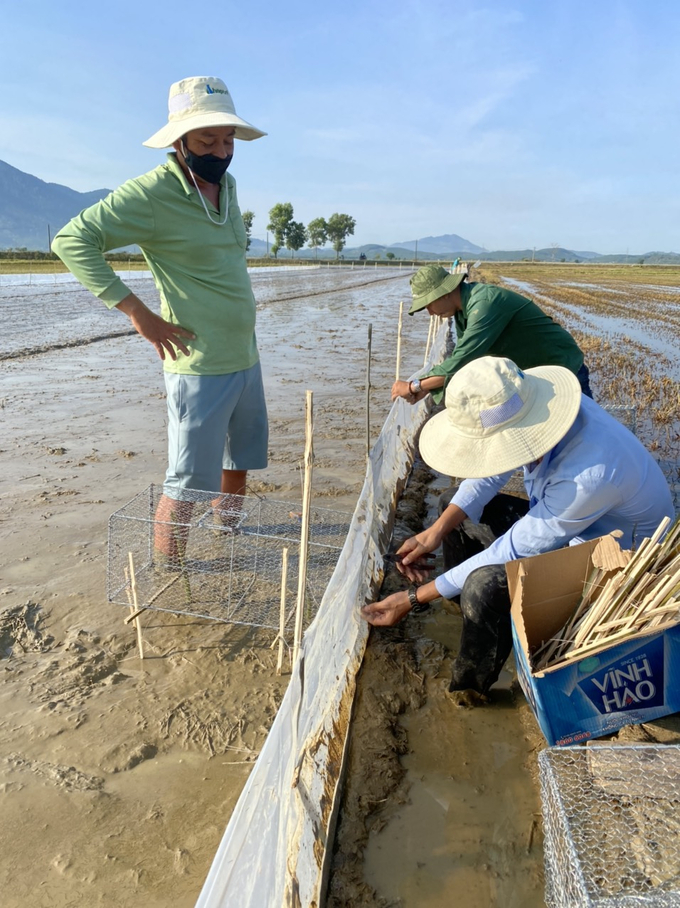
Set up nylon fences combined with traps to kill mice. Photo: TL.
Mice are pests that are difficult to control due to their living habits and ability to reproduce quickly. From a pair of male and female mice, more than 1,000 mice can be born within a year. The current strong increase in mice is mainly due to increasingly complex climate change (droughts, small or no floods, warm winter weather...).
Also, diversified farming and continuous crop rotation along with the decline of natural enemies such as snakes, owls, cats... also contribute to this situation. Currently, mice prevention work has not been organized on a large scale and comprehensively, leading to the effectiveness not being achieved as expected.
The Ministry of Agriculture and Rural Development requests the People's Committees of provinces and centrally run cities to direct the Department of Agriculture and Rural Development to preside over and develop and submit to the Provincial People's Committee for approval an annual rat extermination plan to protect production with specific measures, suitable to the farming situation, topographical and socio-economic characteristics of the locality. In which, coordinate with local departments and unions to organize and launch the mouse extermination movement; Organize community mouse extermination groups and groups in rat extermination rounds focusing on the time when rats have not yet reproduced, before and after production seasons or during floods when rats are still clustered.
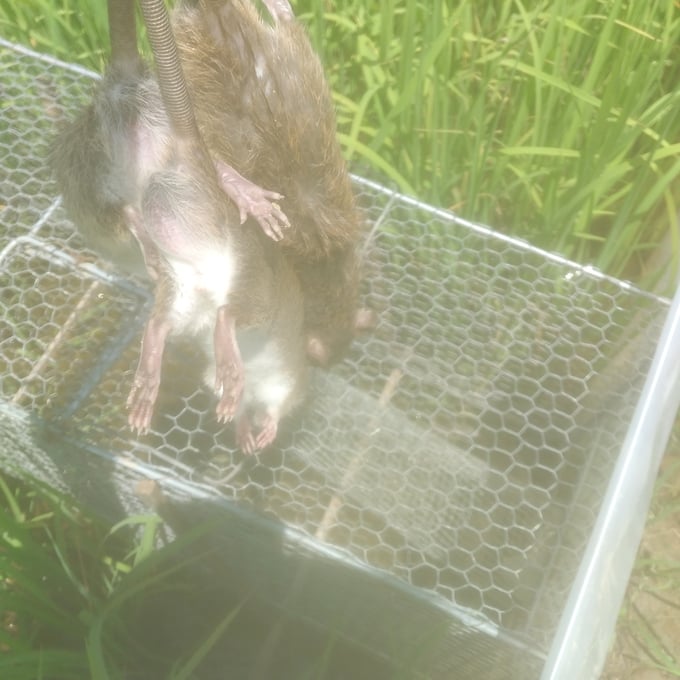
Killing mice with traps is the safest method. Photo: TL.
In addition, it is necessary to direct functional units to strengthen inspection and examination of business activities and use of pesticides in general and mouse poison in particular in the locality; Detect and strictly handle cases of trading in banned drugs and drugs outside the list of pesticides allowed for use in Vietnam. Local information and propaganda agencies need to coordinate with specialized agencies to propagate rat extermination campaigns regularly; provide instructions on safe and effective mouse extermination measures and warn about rat extermination measures that are dangerous to humans and pets.
For the mouse extermination program to be widespread and simultaneous, the Ministry of Agriculture and Rural Development requested the Provincial People's Committee to allocate funds for specialized agencies and district People's Committees to organize and carry out effective mouse extermination work; Reward organizations and individuals with good achievements.
The Ministry of Agriculture and Rural Development also assigned agencies under the Ministry such as the Plant Protection Department, the Department of Crop Production, and the National Agricultural Extension Center to direct, guide, and propagate to localities to regularly investigate and understand. Determine the evolution, distribution and forecast of the harmful effects of mice and advise on effective plans and solutions for organizing community mouse extermination.
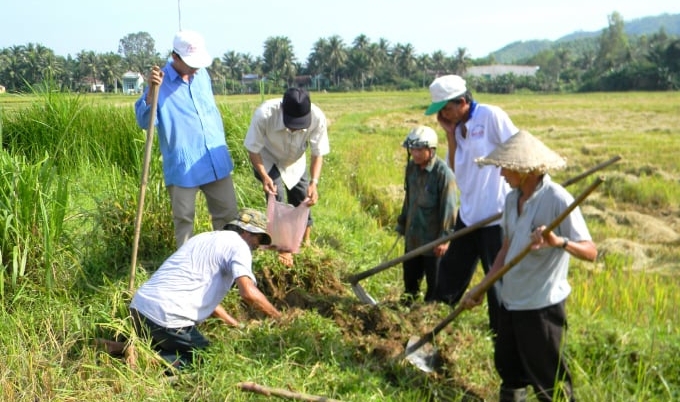
Dig to catch mice. Photo: TL.
Mr. Bui Xuan Phong, Head of the Plant Protection Department (Department of Plant Protection), said that rice is currently mainly in the tillering stage in the Northern provinces. Two harmful organisms emerging at this time are golden apple snails and mice. The situation of mice causing damage to this year's winter-spring crop in the North is similar to previous years, with a total area up to this point of about more than 3,800 hectares.
Mice often reside and breed in large ditches and industrial zones close to fields, especially abandoned industrial zones. Small fields have had their irrigation sources cut off when developing traffic projects or residential areas. Farmers have no water to cultivate, so they leave them to fallow. If a few are still cultivated, mice will seriously damage them. Fallow fields also allow mice to breed and spread to other fields to cause harm. Therefore, the directive of the Ministry of Agriculture and Rural Development generally refers to abandoned areas.

Although mice are small, they cause great harm. Photo: TL.
According to Mr. Bui Xuan Phong, it must be deployed on a large scale, simultaneously and at the right time to prevent mice. In the past, when agricultural cooperatives were still strong, mouse extermination was carried out synchronously and very effectively. However, when the cooperative no longer exists or does not organize centralized mouse extermination, the mice return to cause harm. Although some localities have annual funds to organize rat extermination, it is still ineffective because they do not do it on a large scale and simultaneously.
The best method to kill mice that the Plant Protection Department recommends is a comprehensive method, mainly crop traps. Specifically, planting will be done 7-10 days in advance in places with mice or near the source of rats. The better rice will be planted sooner than the mice will enter and cause damage first. These fields are fenced with nylon, and cage traps are arranged to catch mice along the fence. Doing so will proactively catch mice right from the original source. However, with this measure, one farmer household cannot carry out it; it requires organization and unity of field owners on the same field.
Translated by Tuan Huy
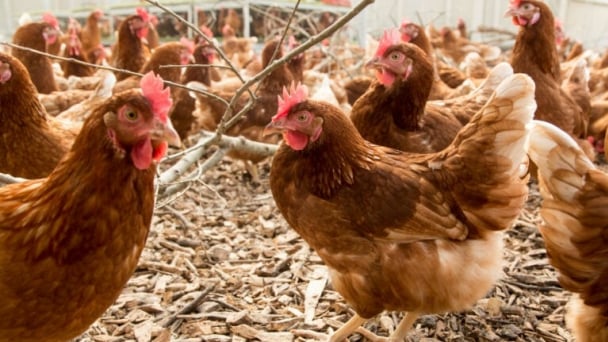
(VAN) The latest Business Benchmark on Farm Animal Welfare (BBFAW) reveals steady progress on farm animal welfare across the global food industry.

(VAN) Green credit is a financial policy that effectively supports environmentally friendly projects and activities today.
/2025/04/09/1049-2-165919_630.jpg)
(VAN) With a revenue of less than VND 30 billion/year, packaging producers are exempted from EPR liability under Decree No. 05/2025 newly issued.
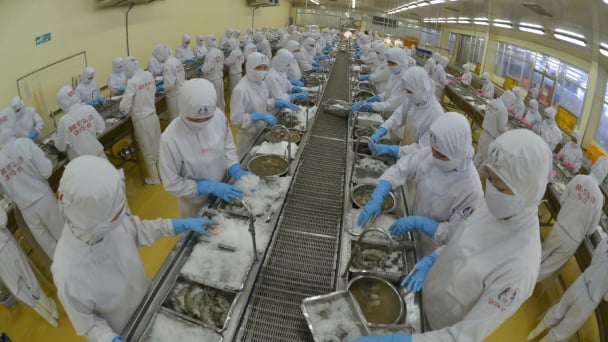
(VAN) Ministry of Agriculture and Environment has issued an Action Plan for sector's development in the coming period, aiming for a growth rate of 4% or higher and an export turnover of USD 65 billion.

(VAN) The 177th Session of the FAO Council opened on Monday at the Organization’s headquarters in Rome.
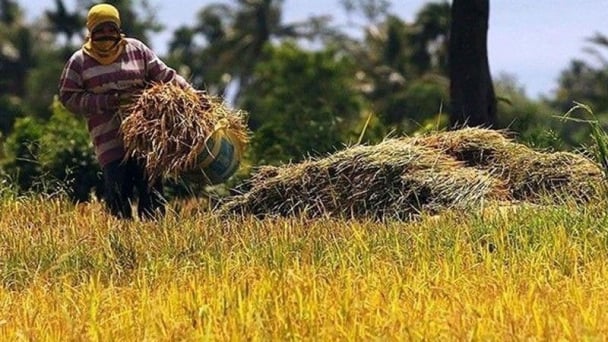
(VAN) In a statement, the Federation of Free Farmers (FFF) said the government must not be complacent over the reciprocal tariffs even if the Philippines will be slapped with the second lowest rate among US trade partners.

(VAN) On the morning of April 3, Prime Minister Pham Minh Chinh chaired a meeting with ministries following the United States' announcement of new tariff rates on imports from Vietnam.